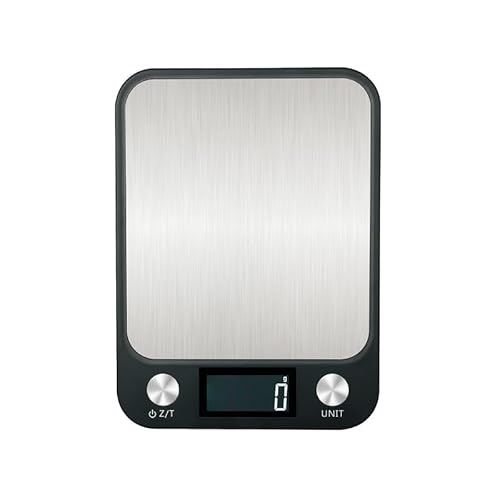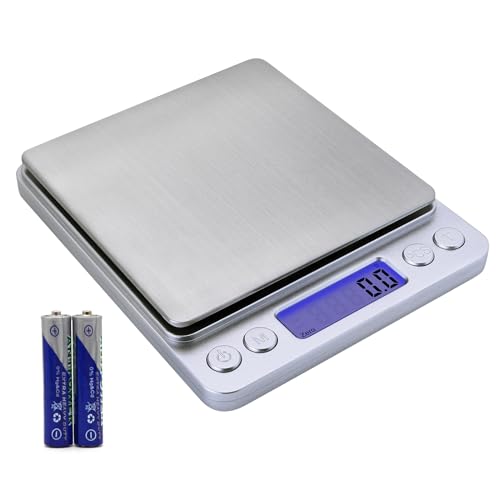I haven't looked up her Hog Wash recipe to confirm, but I know Zany prefers to use recipes that require neutralization, so I'm assuming the Hog Wash recipe calls for neutralization. It is very easy, especially for beginners, to over-neutralize liquid soap.
I make a liquid soap from lard and it's also milky, but this soap lets a bit of light pass through -- it is not completely opaque like frosting. There can be a small layer of insoluble soap that eventually floats on top of this type of soap, but I stress this should be a thin layer -- under 1/8" thick. I would expect a palm-lard liquid soap to appear similar to my all-lard LS.
If you over-neutralize liquid soap, the soap will decompose and form a dead white, opaque layer of fatty acids. This layer floats on top of any actual soap. The soap layer at the bottom will be clear to milky-translucent depending on the recipe.
If your soap has been over-neutralized, I'm not surprised that a glycerin-based colorant won't mix with what you think is the soap. If what I think is wrong with your soap is truly the case, the only soap that you have is the thin white layer at the bottom -- and yes the colorant you added is mixed with this small bit of soap. The white top layer is fatty acids. A glycerin based colorant will be insoluble in this layer.
You can confirm this is the situation by adding some dry KOH to a sample of the white top layer. Measure, say, a sample of 100 grams of the white top layer into a clear glass jar and add 3-5 grams of dry KOH. After stirring the KOH into the mixture until you can't feel any flakes on the bottom. The mixture may warm slightly and may get quite a bit thicker after you stir in the KOH. Let the sample sit for some hours to overnight. After this time passes, see if this material begins to separate into a more translucent lower layer and a (hopefully) thinner top layer.
If the first dose doesn't make much of a change, mix in a second 3-5 gram dose of KOH to the sample and repeat the waiting time. If there isn't much change after the second dose, my theory is probably wrong. If that is the case, I give up -- I don't know what the problem is with this soap. If there is a definite change in the mixture with the addition of KOH, then the soap has been over neutralized.
Caution -- After you're done, discard the sample down the drain with plenty of water. It is not going to be skin safe, so do not use it on your skin.












































